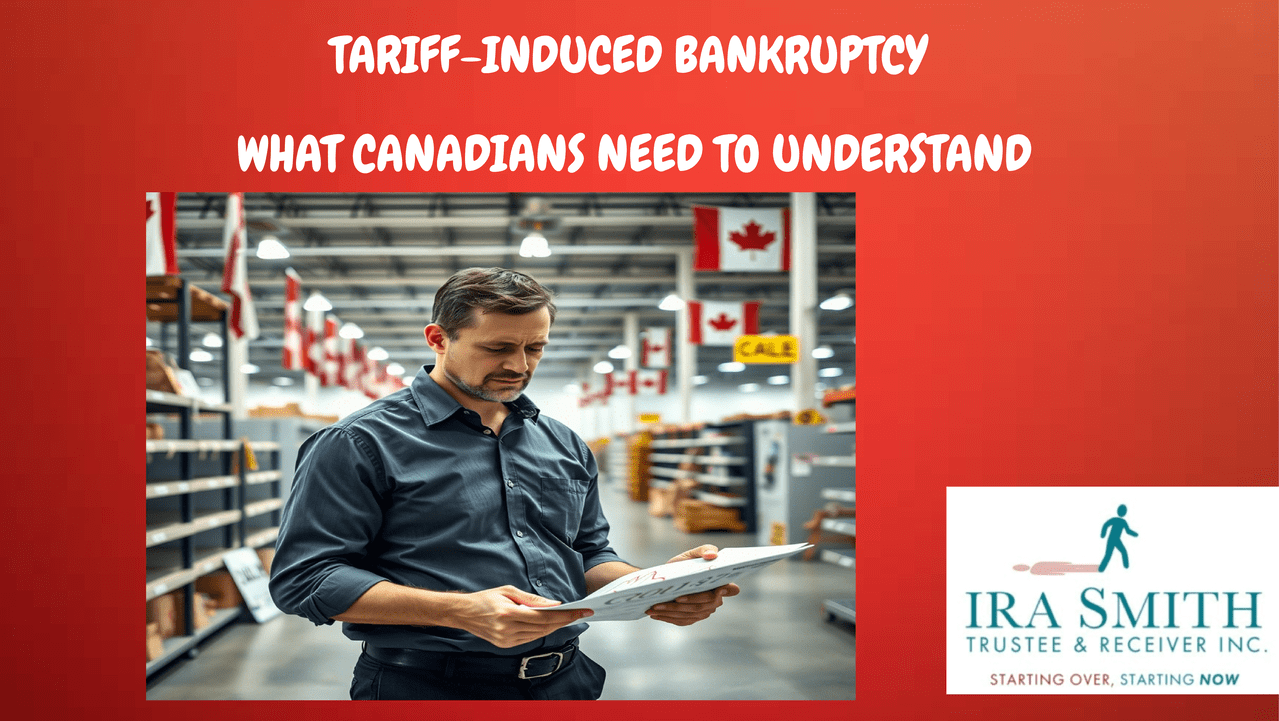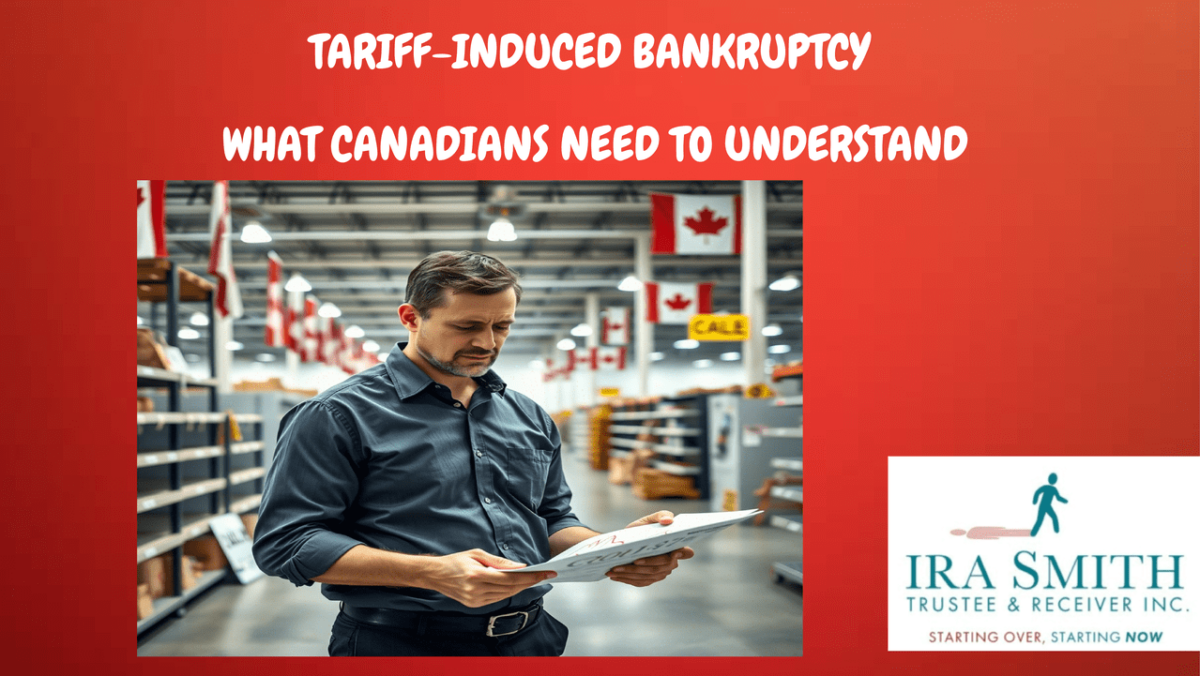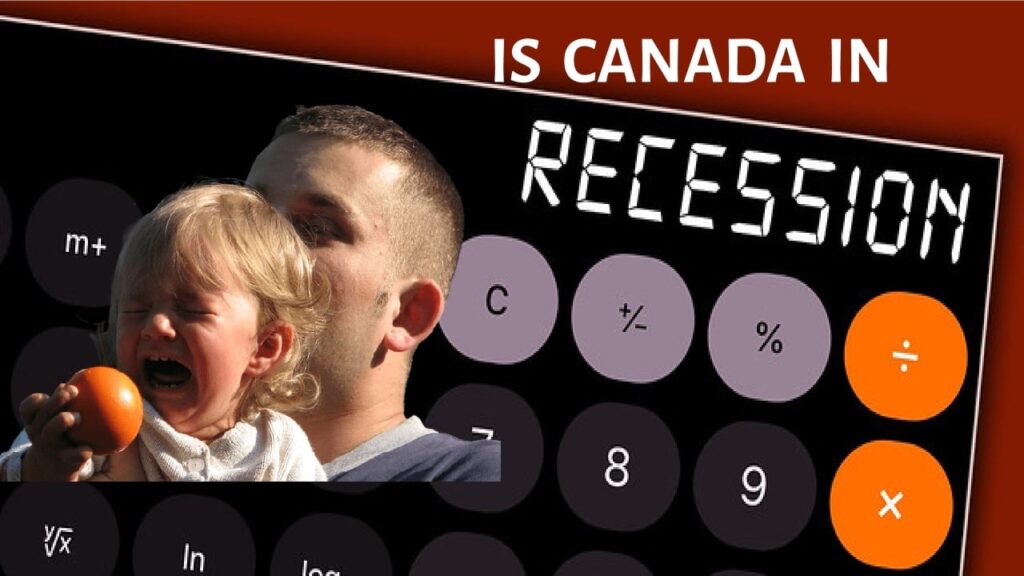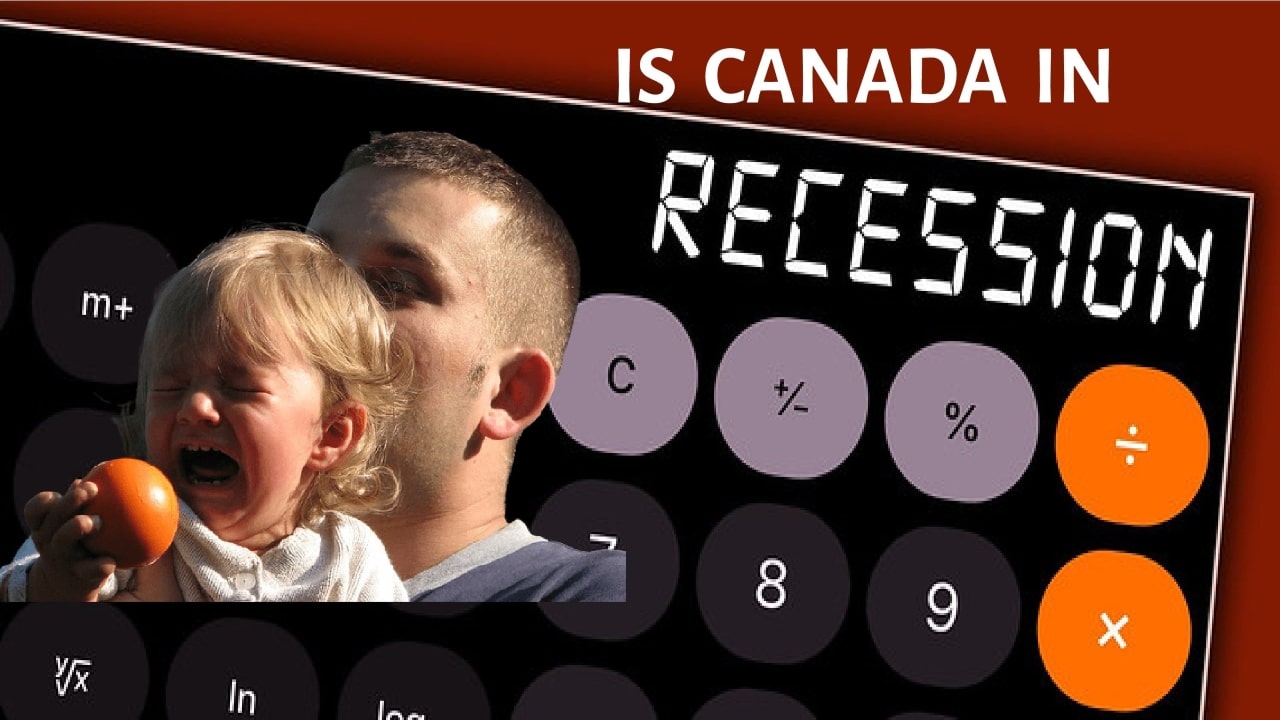Tariff Introduction
As a licensed insolvency trustee serving the Greater Toronto Area, I’ve seen firsthand how unexpected financial pressures can push individuals and businesses to the brink. One growing concern for Canadians is the impact of United States tariffs on our economy, businesses, and finances.
In this Brandon’s Blog, I explore how the claims surrounding the United States Trump administration’s tariff program will impact household and business finances, debunking myths and clarifying truths about tariff collection and increases in consumer prices.
Definition and Purpose of Tariffs
Tariffs are essentially taxes or duties imposed by one country on goods and services imported from another country. When the United States places them on Canadian lumber, for example, American companies buying that lumber must pay the additional tax, making Canadian wood more expensive in the United States market.
Governments, including the Government of Canada, implement them for several key reasons:
Protection for Domestic Industries: Making foreign products more expensive gives local manufacturers a price advantage. The United States may place them on Canadian steel to help American steel producers compete more effectively against their Canadian counterparts.
Revenue Generation: Historically, before income taxes became common, tariffs were a major source of government income. Even today, they continue to generate billions in revenue for governments worldwide.
Political Leverage: Countries often use them(and counter – tariffs) as bargaining chips in larger trade negotiations or to apply pressure during international disputes. Merely the threat can push trading partners to change their policies on other issues.
Trade Deficit Reduction: Some governments believe that placing them on imported goods will reduce the number of foreign products entering their country, potentially reducing their trade deficit.
For Canadian businesses, understanding tariffs isn’t just about economics textbooks—it’s about survival. When a 10% or 25% rate applies to your domestic products entering the United States market, your competitive position changes overnight. Your American customers face an immediate price increase, even though your actual costs haven’t changed.
What makes them particularly challenging for business planning is their unpredictability. They can be announced with little warning, implemented quickly, and changed or removed just as suddenly, depending on political winds. This uncertainty makes long-term business planning extremely difficult for Canadian companies that rely on cross-border trade.
As we’ve seen in recent years, tariffs rarely exist in isolation. When the United States imposes them on Canadian goods, Canada typically responds with retaliation against United States products. This back-and-forth creates a “tariff war” where both sides face economic consequences—and businesses and consumers on both sides of the border end up paying the price.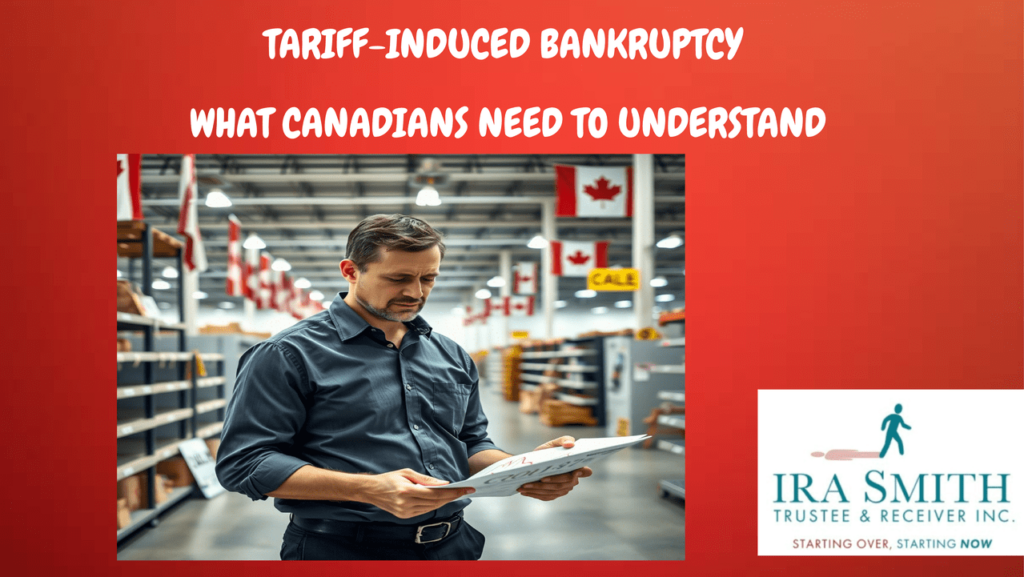
Historical Background of Canada-United States Tariffs
Their use in Canada-United States trade relations isn’t a new phenomenon—it’s part of a long history that has shaped our economic relationship for generations.
In the early days after Confederation, Canada used high tariffs as part of the National Policy to protect our emerging industries from American competition. This helped build Canadian manufacturing but also increased costs for consumers.
The modern era of Canada-United States trade began with the Auto Pact in 1965, which eliminated tariffs on vehicles and parts between our countries. This agreement showed how both nations could benefit from their reduction and set the stage for bigger changes.
The real breakthrough came in 1989 with the Canada-United States Free Trade Agreement, followed by NAFTA in 1994, which included Mexico. These historic agreements removed most tariffs between our countries, leading to a dramatic increase in cross-border trade. Many Canadian businesses built their entire business models around relatively free access to the US market.
For nearly 25 years, Canadian companies operated with relative certainty about cross-border trade rules. This stability allowed businesses to:
- Make long-term investments in export capacity
- Build integrated supply chains across the border
- Develop specialized domestic products for the United States market
- Create jobs dependent on United States-bound exports
This relatively tariff-free environment began to change in 2018 when the United States imposed new tariffs on Canadian steel (25%) and aluminum (10%), citing “national security concerns.” These tariffs came as a shock to many Canadian businesses that had never imagined such barriers returning to our trade relationship.
Canada responded with retaliatory tariffs on American products ranging from steel to maple syrup to playing cards—specifically targeting products from politically important US states. This tit-for-tat approach marked the beginning of a new, more uncertain era in Canada-United States trade.
Though NAFTA was eventually replaced by the Canada- United States- Mexico Agreement (CUSMA or USMCA) in 2020, the threat of sudden tariff changes continues to hang over Canadian businesses. The steel and aluminum tariffs were eventually lifted, but they demonstrated how quickly the cross-border business environment could change.
This historical context helps explain why today’s tariff threats create such significant financial stress for Canadian businesses. After decades of building business models around tariff-free trade, many companies lack the financial reserves or flexibility to quickly adapt to new trade barriers.
For businesses already operating on thin margins, these sudden shifts in trade policy can be the final push toward insolvency – turning profitable operations into financial crises virtually overnight.
Why Should Canadians Care About Tariffs?
As more fully described above, tariffs are taxes placed on imported goods. When the United States adds tariffs to Canadian products crossing the border, those products become more expensive for American buyers. This means Americans may buy fewer Canadian goods, hurting our businesses that rely on United States sales.
At the same time, when Canada places retaliatory tariffs on United States goods coming into our country, those products become more expensive for Canadian consumers and businesses. Either way, tariffs lead to higher prices and financial strain for many Canadians.
Tariffs and Economic Impact
When tariffs enter the picture, they create ripple effects that extend far beyond the specific products being taxed. For Canadian businesses and consumers, these economic impacts can be wide-ranging and sometimes surprising in how they affect our financial well-being.
Impact on Global Trade
Tariffs fundamentally change the flow of goods across borders. When the United States imposes tariffs on Canadian steel or aluminum, our Canadian exports to that market typically decline—sometimes dramatically. It is not unusual for companies to see sales to the United States drop by 30-40% within months of new tariffs being announced.
Global supply chains have become incredibly complex, with parts and materials often crossing borders multiple times before becoming finished products. A single component might face tariffs several times in its journey, with costs multiplying at each step.
For Canadian exporters, tariffs can:
- Force price increases that make their Canadian products uncompetitive
- Require costly paperwork to prove product origin
- Create unpredictable shipping delays at border crossings
- Necessitate expensive restructuring of supply chains
I recently consulted with a Mississauga-based auto parts manufacturer navigate insolvency after navigating effectively closed off their primary market. Despite having quality domestic products and efficient operations, the added tariff rates made their pricing untenable for American customers.
Effect on Domestic Markets
When Canadian companies can’t sell to the United States due to tariffs, they often redirect those Canadian products to the domestic market. This sudden increase in supply can drive down prices for Canadian competitors who have always focused on local sales.
I’ve seen this play out in several sectors:
- A BC lumber producer facing decreased United States demand flooded local markets, driving down prices for everyone
- Ontario steel fabricators who couldn’t export began undercutting each other in Canada
- Food producers redirected export-quality products to domestic markets at reduced prices
While lower prices might seem positive for consumers, they can be devastating for Canadian businesses that suddenly face unexpected local competition. These market disruptions can push even well-managed companies toward financial crisis.
On the flip side, when the Government of Canada imposes retaliatory tariffs on United States goods, some Canadian producers benefit from reduced foreign competition. However, these benefits are often outweighed by higher input costs and general market uncertainty.
Influence on Consumer Prices
At the end of the day, Canadian consumers usually bear much of the burden of tariffs. When Canada places tariffs on United States products, the prices of those goods typically rise in Canadian stores. Products from kitchen appliances to food items have become more expensive for Canadian families.
Even goods not directly subject to tariffs often see price increases. For example:
- When steel tariffs increase the cost of manufacturing equipment, companies pass those costs on through higher prices
- When transportation companies pay more for vehicles and parts due to tariffs, shipping costs rise for all products
- When businesses face higher costs for imported raw materials, they adjust pricing across their product lines
For families already struggling with household budgets, these price increases can push them closer to financial difficulty. In my practice, I’ve recently seen more clients citing rising prices as a factor in their financial troubles, with many specifically mentioning items affected by cross-border tariff rates.
The timing of these price increases can be particularly challenging. Unlike gradual inflation that allows for budget adjustments, tariff-related price jumps often happen suddenly. A refrigerator that cost $1,200 last month might be $1,500 today because of new tariffs—with no warning for the consumer who needs to replace a broken appliance.
For Canadian households and businesses already operating close to the financial edge, these unexpected price increases can be the tipping point that leads them to seek insolvency advice. When combined with potential job losses in tariff-affected industries, the overall impact on family finances can be severe.
The Real-Life Bottom Line On How the United States’ Tariff Policies Are Affecting Canadian Businesses
Many Canadian companies depend heavily on exporting to the United States market. When faced with tariffs, these businesses must make difficult decisions:
- Absorb the extra costs, reducing their profits
- Raise prices for United States customers, potentially losing sales
- Cut costs elsewhere, often leading to layoffs
- Seek new markets, for example, Asian countries, which takes time and investment
For example, Canadian steel and aluminum producers felt immediate impacts when the United States imposed tariffs on these materials. Many had to reduce production or lay off workers because their domestic products suddenly became less competitive in the United States market.
The Ripple Effect on Canadian Jobs and Communities
When major employers struggle with tariff issues, entire communities can suffer:
- Job losses lead to reduced consumer spending
- Local businesses lose customers
- Municipal tax revenues decrease
- Housing markets may weaken
These ripple effects can touch nearly every aspect of Canadian economic life, creating financial pressure on individuals and families who may have never considered themselves at risk for insolvency.
From Business Struggles to Personal Financial Crisis
As a licensed insolvency trustee, I’m seeing more cases where tariff-related business challenges eventually lead to financial problems:
- Business owners using personal credit to keep their companies afloat
- Employees facing reduced hours or job loss
- Suppliers and contractors not getting paid on time or at all
- Retirement savings being depleted to cover immediate needs
Many Canadians are just one or two paycheques away from serious financial trouble. When tariffs disrupt their income or increase their expenses, the path to insolvency can be surprisingly short.
Real-World Examples of Tariff Impact
Consider these scenarios I’ve encountered:
- A small manufacturing company in Mississauga that supplied parts to United States automotive plants saw orders drop by 30% after tariffs made their products less competitive. The owner maxed out personal credit cards trying to keep the business going before finally seeking insolvency protection.
- A family-run food importing business in Markham faced a double hit: United States tariffs reduced their Canadian exports while Canadian retaliatory tariffs increased costs on their imports. This squeeze on both sides of their business forced them to consider bankruptcy.
- A Toronto construction contractor who relied on American inputs found project costs rising unexpectedly due to the Trump tariffs, turning profitable jobs into money-losing commitments.
Warning Signs That Tariffs May Be Pushing You Toward Insolvency
Watch for these red flags in your personal or business finances:
- Using credit cards or lines of credit to pay for everyday expenses
- Struggling to make minimum payments on debts
- Receiving collection calls about overdue accounts
- Having suppliers demand cash on delivery
- Experiencing sudden drops in sales or income related to cross-border business

How to Protect Your Financial Health During Trade Disputes
While we can’t control international trade policies, there are steps Canadians can take to reduce their vulnerability:
- Diversify your customer or supplier base beyond the United States market
- Build an emergency fund to weather temporary financial setbacks
- Review your business model to identify areas where you can cut costs
- Consider Canadian alternatives to United States products facing tariffs
- Monitor your debt levels closely and address problems early
When to Seek Professional Help
If tariff-related financial pressures are becoming overwhelming, don’t wait until crisis hits to get help. As an insolvency professional, I find that early intervention often provides more options and better outcomes.
Consider seeking advice if:
- You’re using debt to cover operating expenses
- Your debt payments exceed 40% of your income
- You’re considering drastic measures like cashing out retirement savings
- You’re losing sleep over financial worries

Looking Forward: Preparing for Future Tariff Uncertainty
Trade relationships between Canada and the United States have always experienced ups and downs. While we hope for stability, it’s wise to prepare for potential changes:
- Stay informed about trade discussions and policy changes
- Build flexibility into your business and personal financial plans
- Consider financial stress testing for your business
- Maintain good relationships with your financial institution
Frequently Asked Questions About Tariffs and Their Impact on Canadians
As a licensed insolvency trustee serving clients throughout the Greater Toronto Area, I receive many questions about how tariffs affect Canadian financial health. Here are straightforward answers to the most common questions:
What exactly is a tariff and why do governments use them?
A tariff is simply a tax that a country puts on goods coming in from another country. Think of it as an extra fee added to the price of imported products. Governments use tariffs for several reasons:
- To protect local businesses by making foreign goods more expensive
- To collect money for government programs
- To gain leverage in negotiations with other countries
- To try to balance trade between countries
When you see a “Made in Canada” product becoming more competitive against a similar American product, tariffs might be part of the reason.
How do US tariffs hurt Canadian businesses?
When the US puts tariffs on Canadian products, those products become more expensive for American customers. This creates serious challenges for Canadian companies:
- American customers may buy fewer of their products
- Companies might have to cut their prices and lose profit
- Businesses often need to reduce costs, sometimes through layoffs
- Finding new customers in other countries takes time and money
I consulted with a manufacturing client who saw their US orders drop by 40% almost overnight after new tariffs were announced. This sudden change can quickly push a healthy business toward financial trouble.
What’s the history of tariffs between Canada and the US?
Our tariff relationship with the US has changed dramatically over time:
- After Confederation, Canada used high tariffs to protect our growing industries
- The Auto Pact in 1965 began removing tariffs on vehicles and parts
- The Free Trade Agreement in 1989 and NAFTA in 1994 eliminated most tariffs
- For about 25 years, Canadian businesses operated with few tariff concerns
- In 2018, the US surprised many by putting new tariffs on Canadian steel and aluminum
- Canada responded with our tariffs on American products
This history matters because many Canadian businesses built their entire operation around tariff-free access to the US market. When tariffs suddenly return, these businesses often lack the financial flexibility to adapt quickly.
Why should Canadian consumers worry about tariffs?
As a consumer, tariffs directly affect your wallet in several ways:
- Products imported from the US become more expensive when Canada applies tariffs
- Even Canadian-made goods might cost more if they use American materials
- Companies facing higher costs typically pass those costs to consumers
- Price increases from tariffs often happen suddenly, making budgeting difficult
Unlike gradual inflation that gives families time to adjust, tariff-related price jumps can happen overnight. A family appliance that cost $1,000 last month might suddenly cost $1,200 because of new tariffs.
How do tariffs affect Canadian markets?
Tariffs change how goods flow within Canada in ways that aren’t always obvious:
- Canadian companies that can’t sell to the US might flood the domestic market
- This increased local supply can drive down prices for Canadian companies
- Some Canadian producers benefit from less American competition
- Supply chains become more complex and expensive
- Certain regions or industries may be hit harder than others
For example, Ontario manufacturers may not be able to compete with suddenly cheaper local products when exporters redirected their goods to the Canadian market.
Can you share real examples of tariff impacts on Canadian businesses?
- A Mississauga auto parts maker lost 30% of its US customers after tariffs made their products too expensive
- A food importer in Markham faced challenges on both sides: US tariffs reduced their exports while Canadian retaliatory tariffs increased their import costs
- A Toronto construction contractor saw project costs rise unexpectedly when tariffs increased the price of imported building materials
These aren’t just statistics—they represent real Canadian businesses and the families who depend on them.
What warning signs show that tariffs might be pushing you toward financial trouble?
Watch for these red flags in your personal or business finances:
- Using credit cards or lines of credit for everyday expenses
- Struggling to make minimum payments on debts
- Receiving collection calls about overdue accounts
- Having suppliers demand cash on delivery
- Experiencing sudden drops in sales or income related to cross-border business
Recognizing these signs early can help you take action before a financial challenge becomes a crisis.
What can Canadians do to protect themselves from tariff impacts?
While we can’t control international trade policies, there are practical steps you can take:
- Diversify your business beyond the US market
- Build an emergency fund to handle temporary financial challenges
- Look for Canadian alternatives to products affected by tariffs
- Review your business operations to find cost-saving opportunities
- Monitor your debt levels closely
- Seek professional advice at the first sign of financial pressure
In my experience, clients who take action early have more options and typically achieve better outcomes.
When should I talk to an insolvency professional about tariff-related financial problems?
Don’t wait for a crisis to get help. Consider talking to a licensed insolvency trustee if:
- You’re using debt to cover basic operating expenses
- Your debt payments exceed 40% of your income
- You’re considering using retirement savings to cover current expenses
- You’re losing sleep over financial worries
- Your business is experiencing tariff-related revenue drops
Remember, consulting with an insolvency professional doesn’t mean you’ll end up in bankruptcy. Often, early advice can help you find alternatives that protect your financial future.
Tariff Conclusion: Taking Control of Your Financial Future
Tariffs may be beyond our control, but our response to them isn’t. By understanding the risks, monitoring your financial situation closely, and seeking help early if needed, Canadians can navigate these challenging economic waters.
Remember, financial difficulty doesn’t automatically mean bankruptcy. A licensed insolvency trustee can help you explore all your options, from debt management strategies to formal proceedings like consumer proposals or bankruptcy protection.
Don’t let international trade disputes and stock markets determine your financial future. Stay informed, be proactive, and reach out for professional guidance when needed.
I hope you’ve found this tariff Brandon’s Blog helpful. If you or someone you know is struggling with too much debt, remember that the financial restructuring process, while complex, offers viable solutions with the right guidance.
At the Ira Smith Team, we understand the financial and emotional components of debt struggles. We’ve seen how traditional approaches often fall short in today’s economic environment, so we focus on modern debt relief options that can help you avoid bankruptcy while still achieving financial freedom.
The stress of financial challenges can be overwhelming. We take the time to understand your unique situation and develop customized strategies that address both your financial needs and emotional well-being. There’s no “one-size-fits-all” approach here—your financial solution should be as unique as the challenges you’re facing.
If any of this sounds familiar and you’re serious about finding a solution, reach out to the Ira Smith Trustee & Receiver Inc. team today for a free consultation. We’re committed to helping you or your company get back on the road to healthy, stress-free operations and recover from financial difficulties. Starting Over, Starting Now.
The information provided in this blog is intended for educational purposes only. It is not intended to constitute legal, financial, or professional advice. Readers are encouraged to seek professional advice regarding their specific situations. The content should not be relied upon as a substitute for professional guidance or consultation. The author, Ira Smith Trustee & Receiver Inc., and any contributors do not assume any liability for any loss or damage.